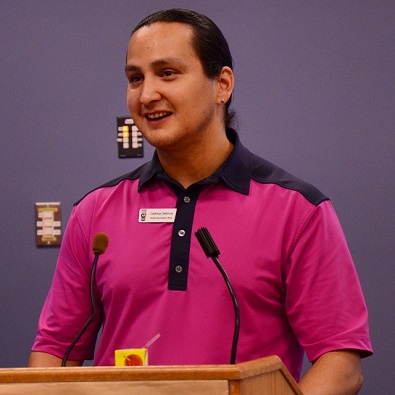(By Nick Pearce, Local Journalism Initiative Reporter, Star Phoenix)
A Saskatchewan First Nation is nurturing new farming operations more than a century after they were stifled.
An injection of $954,000 in federal cash is making up for lost time, Cowessess First Nation Chief Cadmus Delorme said. He expects the spending will help his community’s 1,500-acre farming operation expand to 4,500 acres and beyond.
“We want to revive agriculture and enable our community and its citizens to benefit from the vast amount of arable acres Cowessess First Nation owns,” Delorme said.
After signing Treaty 4 in 1874, Delorme said the First Nation had a successful batch of farmers who won crop and cattle competitions against their neighbours. However, colonial policies restricted their growth and the First Nation’s farmers dwindled, he said.
“There was almost a jealousy (over) how successfully we transitioned.”
As of 2010, non-band members were farming 32,000 acres of the First Nation’s land, he said. Farming operations the First Nation started in 2019 have aimed to make up for those lost opportunities.
With most of the First Nation’s resources targeting poverty or community services, there’s little left over for economic enterprises, but he remains optimistic on one front, he noted. The First Nation has what it needs most for an agricultural comeback: land.
With the cash assistance, he hopes to eventually compete with more experienced farm operations.
“Unfortunately Cowessess is not there,” he said. “Maybe we could have been, if Treaty was looked at a little differently and these past policies (didn’t) affect us.”
Other Saskatchewan groups that received cash include $176,020 for Saskatchewan Indian Institute of Technologies (SIIT) to host a two-day Indigenous agriculture summit; $15,000 for Poundmaker Cree Nation to help develop a community garden and greenhouse; and $123,406 for Indigenous Works Organization Inc. to find ways for Indigenous groups to participate in agriculture.
Jessica Nixon, CEO of Cowessess Ventures Ltd., said the money will help build equity to secure lending for equipment, which is difficult to do on reserve status land. Her general strategy is to take a slower, more managed approach to growing operations in a high-risk sector, she said.
Building a matching labour force takes time, making it unrealistic for an inexperienced community member to fully manage a 4,500 acre farm, she added.
“It does take a lot of experience to manage all aspects of the farm. We don’t have many community members or youth who understand agriculture and the blood, sweat and tears that go into running a grain farm.”
